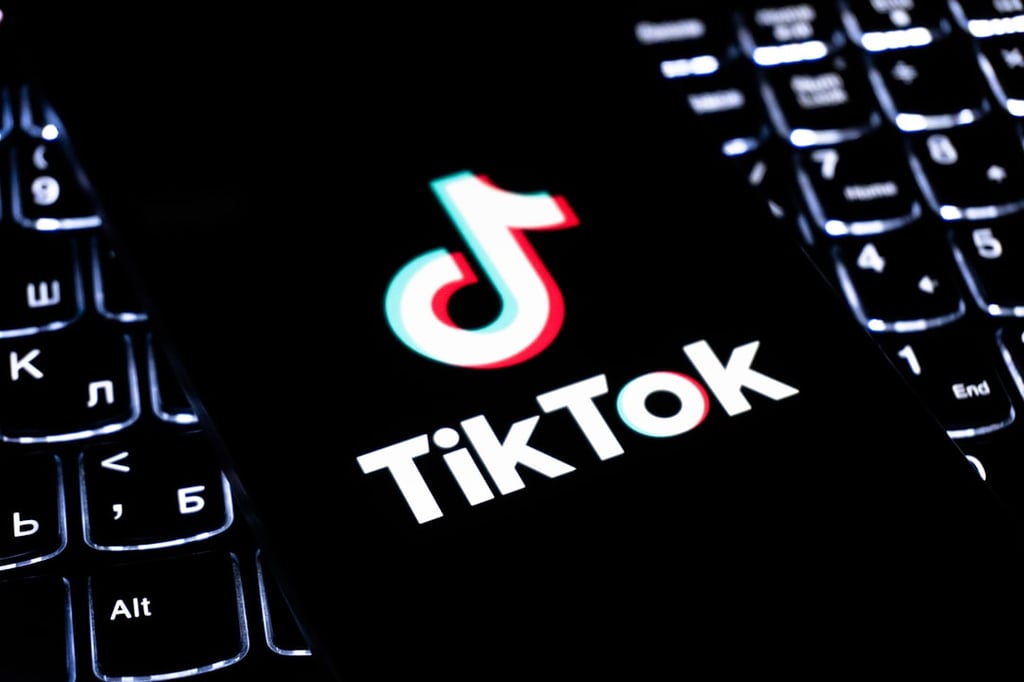Datamation content and product recommendations are
editorially independent. We may make money when you click on links
to our partners.
Learn More
Given what they are and where they have been, there’s little logical reason for Microsoft not dominating the mobile smartphone computing landscape. And it should have been a done-deal in many global major markets at least four years ago.
The only reason that Microsoft is now partnering with Nokia on mobile — clearly not the client giant’s first and primary strategy on winning the market — is because of a lack of execution. I surely recall speaking to Microsofties as many as 10 years ago, and they were all-in on the importance and imperative for mobile platforms. Windows CE’s heritage is long and deep. Nokia just as well knew the stakes, knew the technology directions, knew the competition.
Now. In the above two paragraphs replace the words “Microsoft” and “Nokia.” Still works. Both had huge wind in their sails (sales?) to steer into the mobile category for keeps, neigh to define and deliver the mobile category to a hungry world and wireless provider landscape … on their, the platform-providers’, terms!
So now here we have two respective global giants who had a lead, one may even say a monopoly or monopoly-adjacency, in mobile and platforms and tools for mobile. And now it is together and somehow federated — rather than separately or in traditional OEM partnership — that they will rear up and gallop toward the front of the mobile device pack — the iOS, Android, RIM and HP-Palm pack. [Disclosure: HP is a sponsor of BriefingsDirect podcasts.]
How exactly is their respective inability, Microsoft and Nokia, to execute separately amid huge market position advantages enhanced now by trying to execute in cahoots … loosely, based mostly on a common set of foes? I’ll point you to the history of such business alliances, often based on fear, and its not any better than the history of big technology mergers and acquisitions. It stinks. It stinks for end-users, investors, partners and employees.
But why not reward the leadership of these laggards with some more perks and bonuses? Works in banking.
A developer paradise
And talk about an ace in the hole. Not long ago, hordes of developers and ISVs — an entire global ecosystem — were begging Microsoft to show them the mobile way, how to use their Visual Studio skills to skin the new cat of mobile apps. They were sheep waiting to be lead (and not to slaughter). The shepherd, it turned out, was out to lunch. Wily Coyote, super genius.
And execution is not the only big reason these companies have found themselves scrambling as the world around them shifts mightily away. Each Microsoft and Nokia clearly had the innovators dilemma issues in droves. But these were no secret. (See reason one above on execution again … endless loop).
Microsoft had the fat PC business to protect, which as usual divided the company on how to proceed on any other course, Titantic-like. Nokia had the mobile voice business and mobile telecom provider channel to protect. So many masters, so many varieties of handsets and localizations to cough up. Motorola had a tough time with them one too. Yes, it was quite a distraction.
But again, how do these pressures to remain inert inside of older models change by the two giants teaming up? Unless they spin off the right corporate bits and re-assemble them together under a shared brand, and go after the market anew, the financial pressures not to change fast remain steadfast. (See reason one above on execution again … endless loop).
What’s more there’s no time to pull off such a corporate shell game. The developers are leaving (or left), the app store model is solidifying elsewhere, the carriers are being pulled by the end-users expectations (and soon enterprises). And so this Microsoft-Nokia mashup is an eighth-inning change in the line-up and there’s no time to go back to Spring training and create a new team.
Too little, too late
Nope, I just can’t see how these synergies signal anything but a desperation play. Too little, too late, too complex, too hard to execute. Too much baggage.
At best, the apps created for a pending Nokia-Microsoft channel nee platform will be four down the list for native app support. More likely, HTML 5 and mobile web support (standards, not native) may prove enough to include the market Microsoft and Nokia muster together. But that won’t be enough to reverse their lackluster mobile position, or get them the synergies they crave.
Each Microsoft and Nokia were dark horses in the mobile devices and associated cloud services race. Attempting to hitch the two horses together with baling wire and press releases doesn’t get them any kind of leg up on the competition. It may even hobble them for good.
Dana Gardner is president and principal analyst at Interarbor Solutions, an enterprise IT analysis, market research, and consulting firm. Gardner, a leading identifier of software and cloud productivity trends and new IT business growth opportunities, honed his skills and refined his insights as an industry analyst, pundit, and news editor covering the emerging software development and enterprise infrastructure arenas for the last 18 years. This article was originally published on Gardner’s Briefings Direct blog.
-
Ethics and Artificial Intelligence: Driving Greater Equality
FEATURE | By James Maguire,
December 16, 2020
-
AI vs. Machine Learning vs. Deep Learning
FEATURE | By Cynthia Harvey,
December 11, 2020
-
Huawei’s AI Update: Things Are Moving Faster Than We Think
FEATURE | By Rob Enderle,
December 04, 2020
-
Keeping Machine Learning Algorithms Honest in the ‘Ethics-First’ Era
ARTIFICIAL INTELLIGENCE | By Guest Author,
November 18, 2020
-
Key Trends in Chatbots and RPA
FEATURE | By Guest Author,
November 10, 2020
-
Top 10 AIOps Companies
FEATURE | By Samuel Greengard,
November 05, 2020
-
What is Text Analysis?
ARTIFICIAL INTELLIGENCE | By Guest Author,
November 02, 2020
-
How Intel’s Work With Autonomous Cars Could Redefine General Purpose AI
ARTIFICIAL INTELLIGENCE | By Rob Enderle,
October 29, 2020
-
Dell Technologies World: Weaving Together Human And Machine Interaction For AI And Robotics
ARTIFICIAL INTELLIGENCE | By Rob Enderle,
October 23, 2020
-
The Super Moderator, or How IBM Project Debater Could Save Social Media
FEATURE | By Rob Enderle,
October 16, 2020
-
Top 10 Chatbot Platforms
FEATURE | By Cynthia Harvey,
October 07, 2020
-
Finding a Career Path in AI
ARTIFICIAL INTELLIGENCE | By Guest Author,
October 05, 2020
-
CIOs Discuss the Promise of AI and Data Science
FEATURE | By Guest Author,
September 25, 2020
-
Microsoft Is Building An AI Product That Could Predict The Future
FEATURE | By Rob Enderle,
September 25, 2020
-
Top 10 Machine Learning Companies 2021
FEATURE | By Cynthia Harvey,
September 22, 2020
-
NVIDIA and ARM: Massively Changing The AI Landscape
ARTIFICIAL INTELLIGENCE | By Rob Enderle,
September 18, 2020
-
Continuous Intelligence: Expert Discussion [Video and Podcast]
ARTIFICIAL INTELLIGENCE | By James Maguire,
September 14, 2020
-
Artificial Intelligence: Governance and Ethics [Video]
ARTIFICIAL INTELLIGENCE | By James Maguire,
September 13, 2020
-
IBM Watson At The US Open: Showcasing The Power Of A Mature Enterprise-Class AI
FEATURE | By Rob Enderle,
September 11, 2020
-
Artificial Intelligence: Perception vs. Reality
FEATURE | By James Maguire,
September 09, 2020
SEE ALL
ARTICLES







